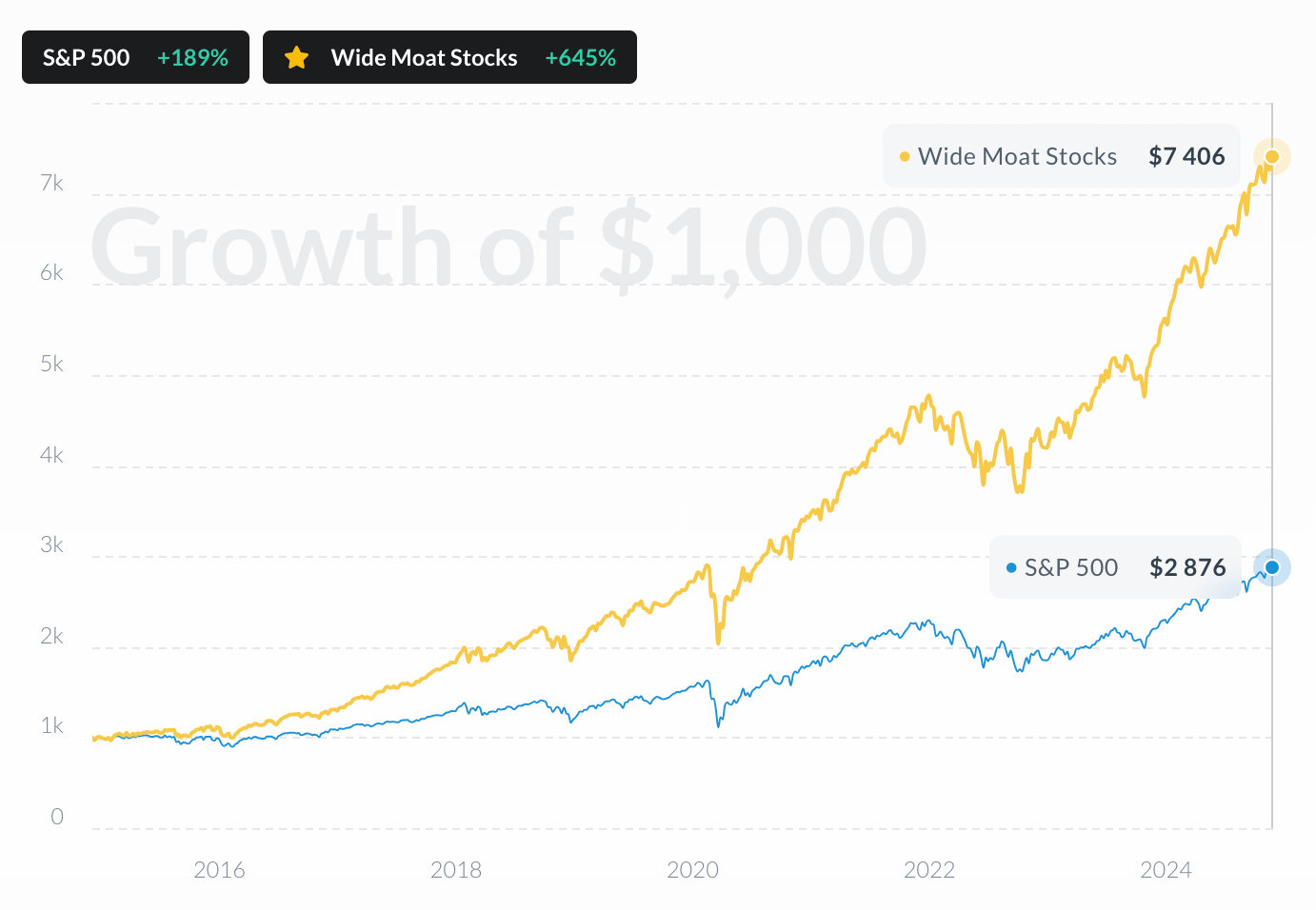 UAA
vs
UAA
vs
 S&P 500
S&P 500
 UAA
UAA
 S&P 500
S&P 500
Over the past 12 months, UAA has underperformed S&P 500, delivering a return of -46% compared to the S&P 500's +14% growth.
Stocks Performance
UAA vs S&P 500

Performance Gap
UAA vs S&P 500

Performance By Year
UAA vs S&P 500

Compare the stock's returns with its benchmark index and competitors. Gain insights into its relative performance over time.
Under Armour Inc
Glance View
Under Armour Inc. emerged as a disruptive force in the athletic apparel industry, challenging established titans by innovating from the ground up. Founded in 1996 by former University of Maryland football player Kevin Plank, the company began with a simple yet revolutionary idea: to create a moisture-wicking shirt that would keep athletes dry and comfortable. This initial product carved out a niche in the sports market, propelling Under Armour into the spotlight. The company quickly expanded its product line to include footwear, accessories, and a variety of athletic performance apparel, capitalizing on a growing global trend toward health and wellness. Under Armour's ability to blend performance technology with stylistic appeal allowed it to attract a diverse clientele, ranging from professional athletes to fitness enthusiasts. Under Armour operates primarily through wholesale and direct-to-consumer channels. In its wholesale business, Under Armour sells its products to retail outlets, department stores, and specialty shops around the world, generating a significant portion of its revenue. Meanwhile, its direct-to-consumer segment, which includes e-commerce and owned retail stores, has seen substantial growth, as it aligns with changing consumer preferences toward online shopping and personalized experiences. Under Armour also earns money by licensing its brand to third parties for accessories and other merchandise. By consistently innovating and adapting its marketing strategies - including partnerships with high-profile athletes and celebrity endorsements - Under Armour sustains its competitive edge, reinforcing its brand's image as synonymous with performance and innovation.



































